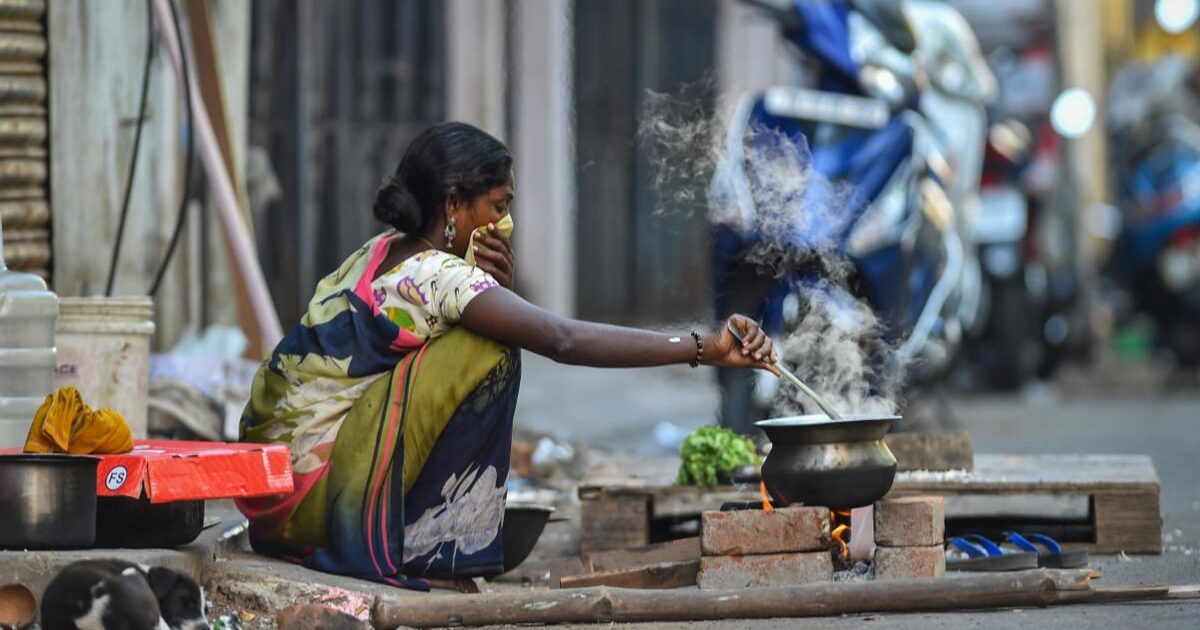
New Delhi: Statistics prove that Healthy Life Expectancy for Indian Women is the lowest in South-East Asia, among the 11 countries included in the World Health Organization. Indian women expect an average of just over 60 years of healthy life expectancy, unimpeded by disabling illness or injury. Even among men, India stands third lowest, just above East Timor and Myanmar, which are inferior in terms of life expectancy.
One factor that clearly contributes to this is the fact that the mortality rate of children under the age of 5 is the highest in these countries, with East Timor and Myanmar again worse than India.
The results emerge from the data included in a recently published WHO report, on regional progress in achieving universal health and health-related sustainable development goals. The best performing countries in the region, Sri Lanka, Thailand and the Maldives, are one of the highest performing countries in the region for health care as a percentage of total government spending. In contrast, India (3.4%), Bangladesh (3%) and Myanmar (3.5) have the lowest estimated share of total government spending on health. As a result, in these three countries, out-of-pocket spending from self-savings accounts for only 11% in Thailand, compared with 63% in India to 76% in Myanmar.
Also read: 2022 UP Polls: AAP promises free electricity to all; will contest without alliance
Bangladesh and India also have the highest proportions of population, at 7% and 4.2%, respectively, under the given situation. It is obvious that, they are being driven into poverty because the money they have to spend on medical care. Also, the highest percentage of people spend more than 10% of their total household spending on medical care, leading to a situation called catastrophic medical costs.
It is estimated that nearly a quarter of Bangladesh’s population and more than 17% of India are facing catastrophic health care spending. The report states that health inequalities analysis shows that some people ‘live healthier lives than others and to medical services because of the condition that they are born, grow, live, work, and grow older.’ This emphasizes the need to collect high-quality, fragmented data to monitor health inequality to enable appropriate policy frameworks to ensure equitable access and uptake of health services.

Post Your Comments